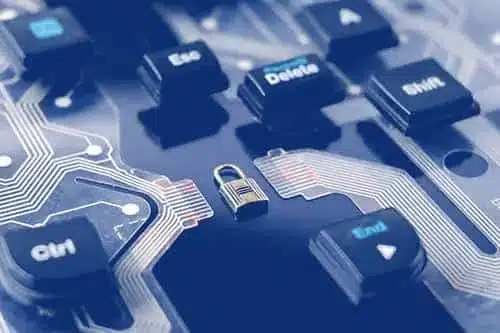Legacy Applications Benefit From Continuous Modernization, Maintenance
January 31, 2023
3 min read
January 31, 2023
3 min read
Legacy applications don’t need to be put out to pasture.
In fact, too many systems get replaced that still have a lot of life left in them — sometimes even up to 70% capacity.
And that’s a waste.
By incorporating practices like software maintenance and continuous modernization, mature applications can prove resilient and cost-effective.
Software maintenance is more than just support. It maximizes performance, stability, security, and value to get the most out of legacy applications.
Maintenance is a proactive, preventative strategy that integrates application upkeep with a company’s IT roadmap, rather than a reactive process that focuses on putting out fires as they pop up.
Proactive software maintenance goes beyond solving incidents. It enables businesses to unlock the true ROI of their legacy software by extending life cycles and longevity, protecting security and stability of the systems, and enhancing performance and functionality.
Gartner® defines continuous modernization as “an iterative approach for identifying, prioritizing, and removing obstacles to digital business from legacy applications.”
The organization’s latest report, “Use Continuous Modernization to Optimize Legacy Applications,” finds continuous modernization to be the preferred method over replacing legacy systems.
Even though legacy applications come with built-in friction points that Gartner states “negatively impact agility and velocity,” the organization still recommends continuous modernization for several reasons, including the costly nature of rip-and-replace efforts.
True, mature systems are aging, and it might be tempting to replace them and be done with it, but Gartner cautions against that. These applications are assets to manage, not problems to eliminate, according to the organization.
“Think of legacy applications in the same way you would think of an old car. When it is time to overhaul the car, you look at the individual components and assess their health and fitness,” the report states. “If the vast majority of its components are worn out or bad, you have a total loss. But in many cases, most of its components are good enough. In these cases, you would be best served to clean, repair, or replace the defective components — thus extending the life of the car and making it a valuable, safe and comfortable asset to own.”
Just like proactive software maintenance, which can increase interoperability validation, solution architecture optimization, and new feature enhancements, continuous modernization can optimize budget spending and enable composability.
With 90% of today’s IT budget going toward ongoing operations and keeping the lights on, IT decision-makers are struggling with how to maximize the meager 10% that’s left over.
However, if you can save money in the operations budget, that surplus can be reinvested into innovation that will drive the company’s digital transformation, which is crucial for survival.
Software maintenance and continuous modernization are ways to address technical debt and extend current functionality. Maintenance extends the lifecycle of products to deliver a higher ROI, while continuous modernization eliminates the high cost of rip-and-replace, which also is time-consuming and disrupts the business too much.
The Gartner report mentions composability as another reason to consider continuous modernization for legacy software applications.
“Composability is a design approach that enables systems (for example, IT systems, organizations, and products) to adapt quickly to changes while staying resilient,” the report states.
It goes on to explain that “continuous modernization gradually enables legacy systems to become more composable by replacing a component with more appropriate technology or by encapsulating, reusing and extending a current function.”
This not only improves support for business capacities, but also “focuses on reusing the functions for which the application is well-suited, instead of trying to make it do something that it was not designed to do,” according to Gartner.
Knowing the various options available can help IT decision-makers get the most value from their mature software applications. Looking past rip-and-replace toward removing obstacles and extending current functionality can transform a legacy application into a platform for digital business.
To learn more about how to implement continuous modernization, download a copy of the Gartner “Use Continuous Modernization to Optimize Legacy Applications” report here.
Gartner, Use Continuous Modernization to Optimize Legacy Applications, Stefan Van Der Zijden, Deacon D.K Wan, and Howard Dodd, July 20, 2022.
GARTNER is a registered trademark and service mark of Gartner, Inc. and/or its affiliates in the U.S. and internationally and is used herein with permission. All rights reserved.
Gain insight into industry-only news, access to webinars, tips and tricks, blog posts, podcasts, and guides, surrounding topics like cybersecurity, reducing software support and maintenance costs and much more, all delivered to your inbox each month.
LEARN MORE